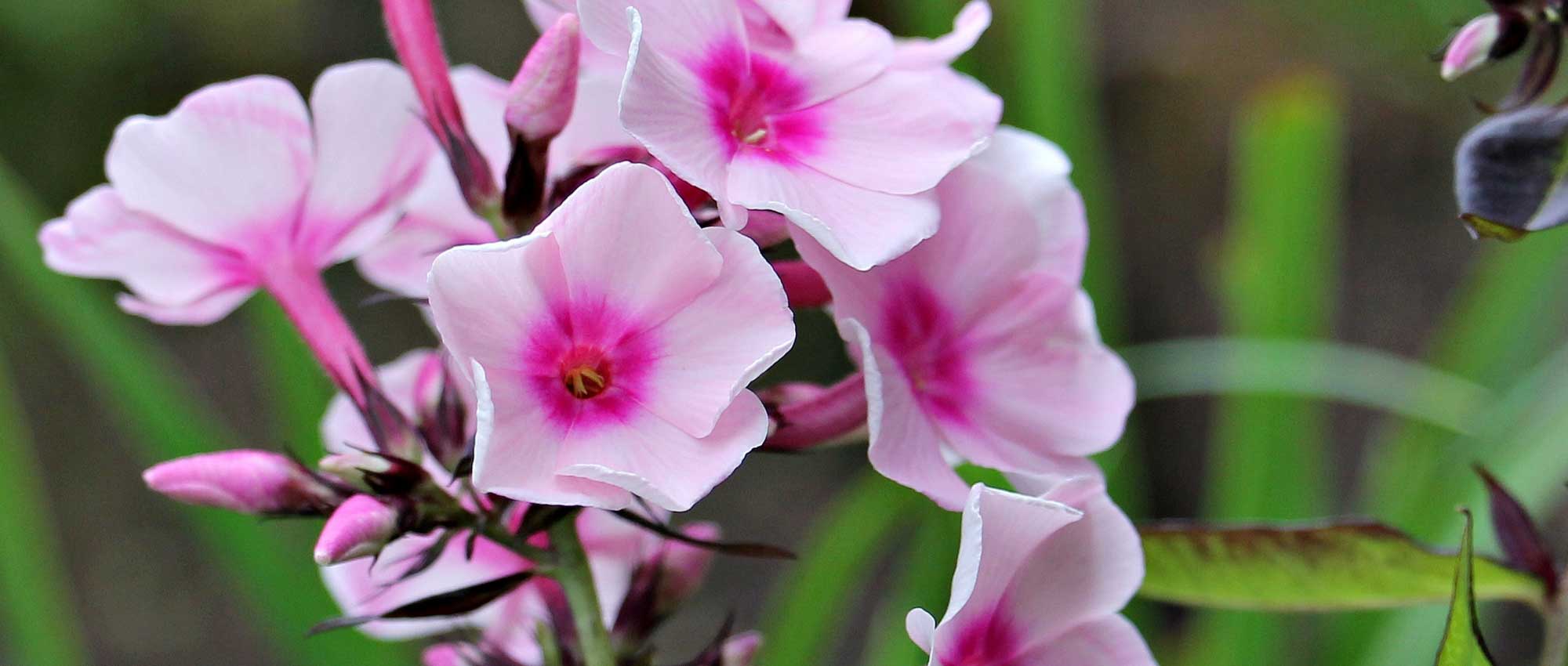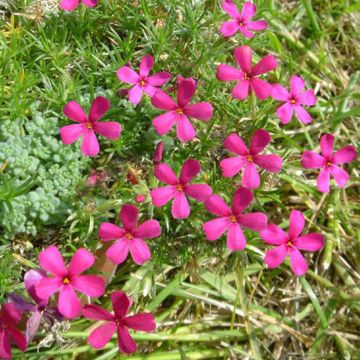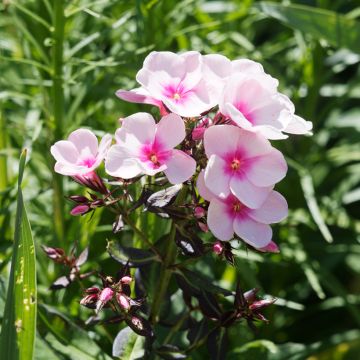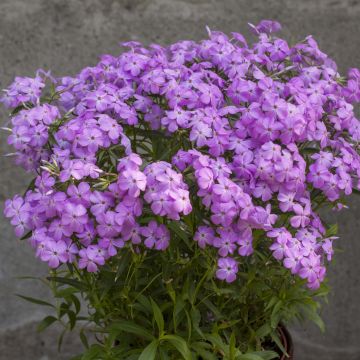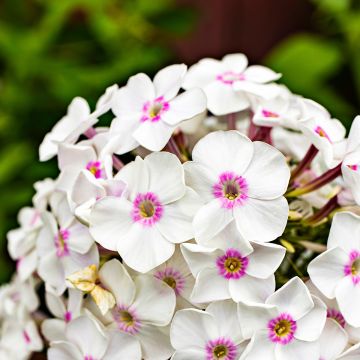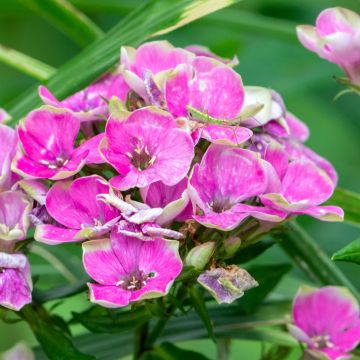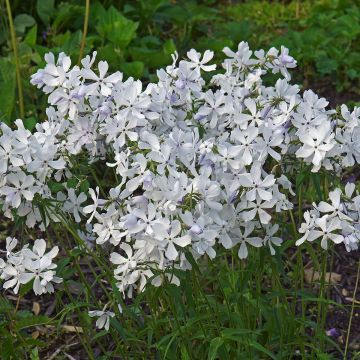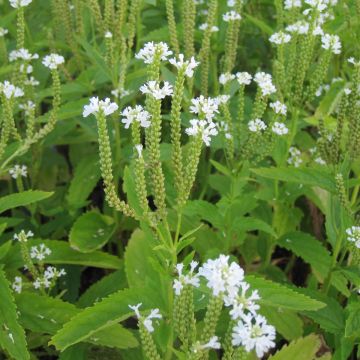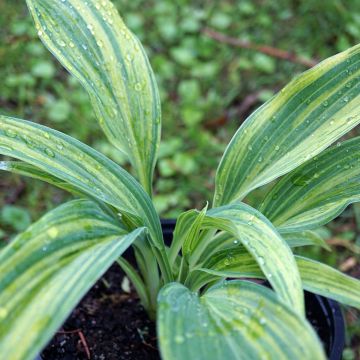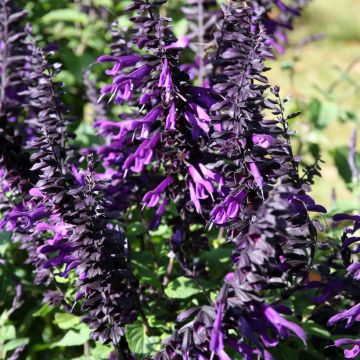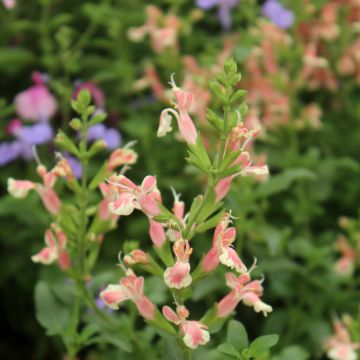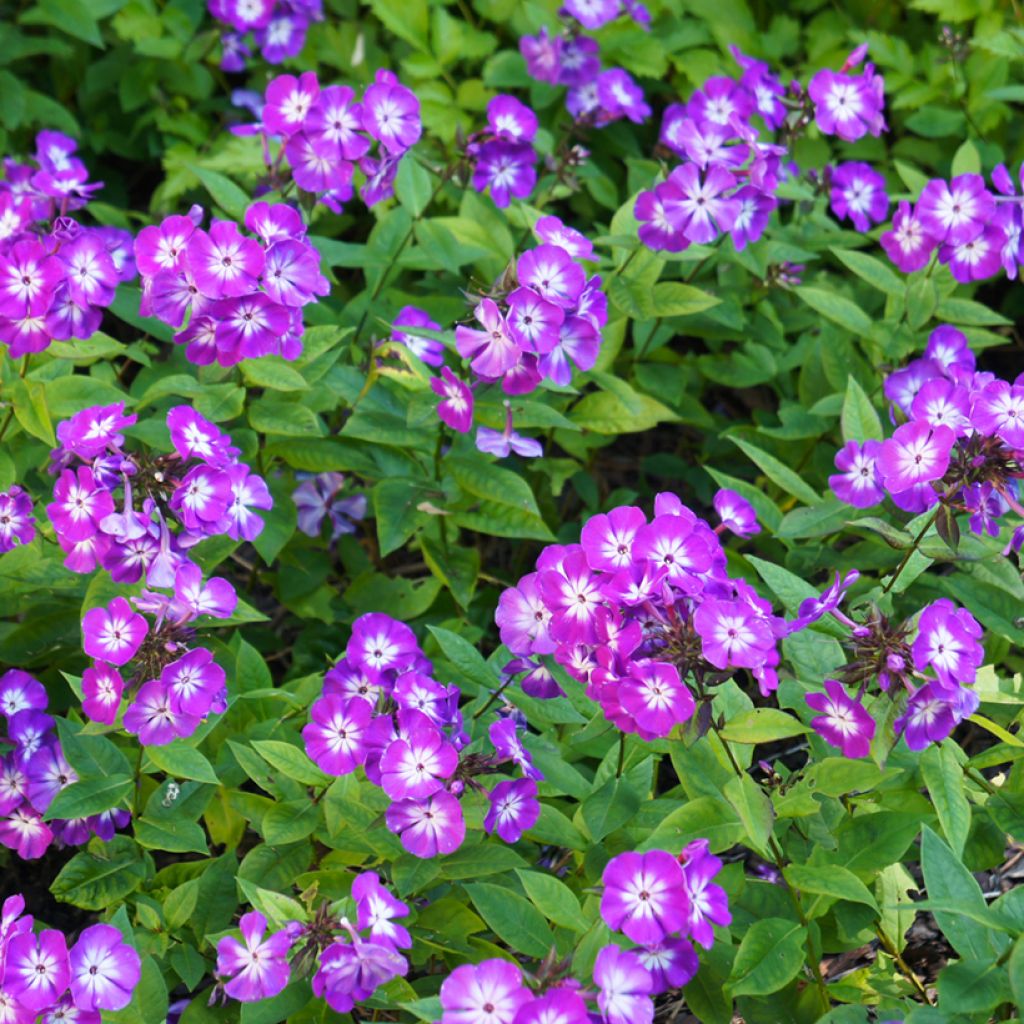

Phlox paniculata Uspech


Phlox paniculata Uspech


Phlox paniculata Uspech
Phlox paniculata Uspech
Phlox paniculata Uspech
Garden Phlox, Summer Phlox, Perennial Phlox
Phlox in poor condition, crushed, and more of a 8L bucket size rather than a 2/3L.
Jcm, 18/06/2024
Special offer!
Receive a €20 voucher for any order over €90 (excluding delivery costs, credit notes, and plastic-free options)!
1- Add your favorite plants to your cart.
2- Once you have reached €90, confirm your order (you can even choose the delivery date!).
3- As soon as your order is shipped, you will receive an email containing your voucher code, valid for 3 months (90 days).
Your voucher is unique and can only be used once, for any order with a minimum value of €20, excluding delivery costs.
Can be combined with other current offers, non-divisible and non-refundable.
Home or relay delivery (depending on size and destination)
Schedule delivery date,
and select date in basket
This plant carries a 12 months recovery warranty
More information
We guarantee the quality of our plants for a full growing cycle, and will replace at our expense any plant that fails to recover under normal climatic and planting conditions.


Would this plant suit my garden?
Set up your Plantfit profile →
Description
Phlox paniculata 'Uspech', a garden phlox, is a large and dynamic variety. Selected in Russia, it is remarkably generous, with a long and abundant flowering season that ends in October. It produces large, conical and fragrant panicles composed of bright flowers, with a violet-crimson colour, illuminated by a large white eye. Excellent in borders and vases, 'Uspech' is resistant to fungal diseases. Phlox paniculata are perennial plants that thrive in sunny locations and moist soil.
Phlox 'Uspech', sometimes marketed as 'Laura', belongs to the family Polemoniaceae. It is an easy-to-grow and undemanding variety, derived from P. paniculata, native to fertile and damp meadows in the eastern United States. Herbaceous and perennial with a woody base, the compact plant produces leafy stems that reach a height of 70 cm (28in) or even 1 m (3ft). It spreads very little, limiting its width to 50 cm (20in). The upright and sturdy stems do not require staking if the plant is pinched in June and then in August. They are covered with long, simple and narrow leaves, which are a very elegant shade of green. The particularly long flowering season starts in early July, at the height of summer, and continues until October, provided faded inflorescences are removed. The flowers have a tubular corolla in vibrant shades, between violet, mauve and magenta, surrounding a white centre, marked with a tiny dark violet eye. They are grouped at the top of the stems in dense clusters, reaching a length of 20 cm (8in), gracefully bending the stems. The flowering is attractive to bees and butterflies, and the scent of vanilla pepper is very pleasant and not aggressive at all.
Phlox 'Uspech' is a reliable and sturdy plant, obtained in 1939, it is still highly appreciated and planted in gardens for its ease of cultivation. In perennial borders, alongside white, blue, red or subtly violet blooms, it creates a perfect colour combination. Pair it with lavender blue asters, blue-violet 'Border Gem' phlox, or red peonies for an elegant contrast. Phlox paniculata also make good companions for bush roses, creating a harmonious colour scheme. With its abundant flowering, beautiful bouquets can be made for the home.
Phlox paniculata Uspech in pictures
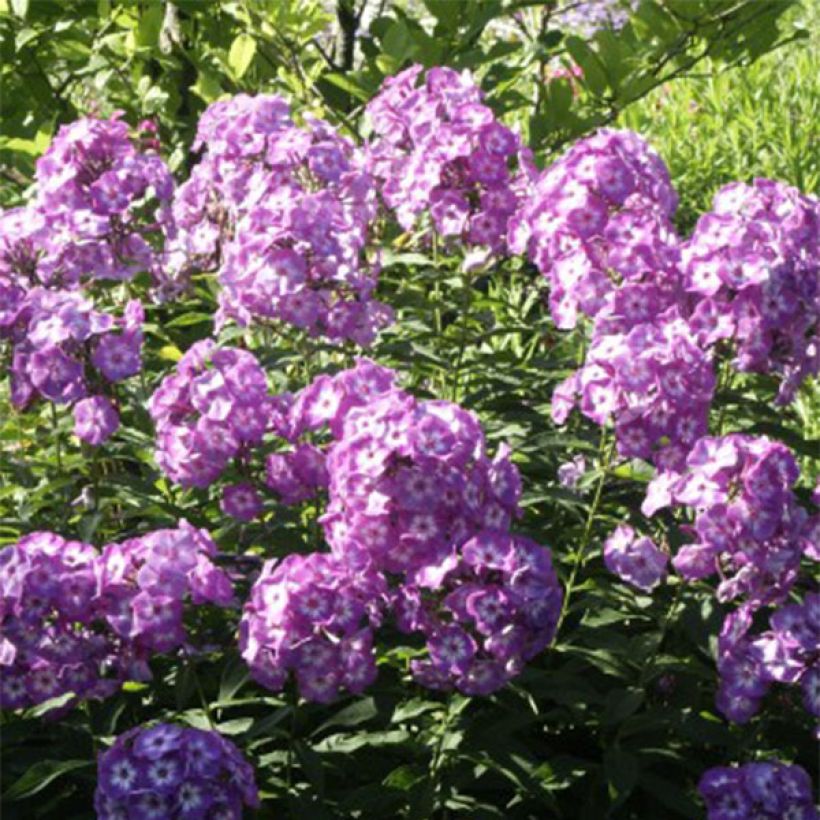





Flowering
Foliage
Plant habit
Botanical data
Phlox
paniculata
Uspech
Polemoniaceae
Garden Phlox, Summer Phlox, Perennial Phlox
Cultivar or hybrid
Other Phlox
View all →Planting and care
Phlox paniculata are easy to grow plants. Phlox 'Uspech' will prefer a damp and rich soil, even clay, but it will be content with any good garden soil that is not too dry in summer. It needs sun to flower well, but tolerates partial shade. This variety with tall stems sometimes requires staking, but by pinching the plant in spring, a more bushy habit can be encouraged, which is less susceptible to bad weather. Planted in the sun in a climate with hot summers, it will require regular watering and mulching at the base. Pruning faded inflorescences promotes a second flowering at the end of the season. Protect young plants from slugs.
Planting period
Intended location
Care
Planting & care advice
-
, onOrder confirmed
Reply from on Promesse de fleurs
Similar products
Haven't found what you were looking for?
Hardiness is the lowest winter temperature a plant can endure without suffering serious damage or even dying. However, hardiness is affected by location (a sheltered area, such as a patio), protection (winter cover) and soil type (hardiness is improved by well-drained soil).

Photo Sharing Terms & Conditions
In order to encourage gardeners to interact and share their experiences, Promesse de fleurs offers various media enabling content to be uploaded onto its Site - in particular via the ‘Photo sharing’ module.
The User agrees to refrain from:
- Posting any content that is illegal, prejudicial, insulting, racist, inciteful to hatred, revisionist, contrary to public decency, that infringes on privacy or on the privacy rights of third parties, in particular the publicity rights of persons and goods, intellectual property rights, or the right to privacy.
- Submitting content on behalf of a third party;
- Impersonate the identity of a third party and/or publish any personal information about a third party;
In general, the User undertakes to refrain from any unethical behaviour.
All Content (in particular text, comments, files, images, photos, videos, creative works, etc.), which may be subject to property or intellectual property rights, image or other private rights, shall remain the property of the User, subject to the limited rights granted by the terms of the licence granted by Promesse de fleurs as stated below. Users are at liberty to publish or not to publish such Content on the Site, notably via the ‘Photo Sharing’ facility, and accept that this Content shall be made public and freely accessible, notably on the Internet.
Users further acknowledge, undertake to have ,and guarantee that they hold all necessary rights and permissions to publish such material on the Site, in particular with regard to the legislation in force pertaining to any privacy, property, intellectual property, image, or contractual rights, or rights of any other nature. By publishing such Content on the Site, Users acknowledge accepting full liability as publishers of the Content within the meaning of the law, and grant Promesse de fleurs, free of charge, an inclusive, worldwide licence for the said Content for the entire duration of its publication, including all reproduction, representation, up/downloading, displaying, performing, transmission, and storage rights.
Users also grant permission for their name to be linked to the Content and accept that this link may not always be made available.
By engaging in posting material, Users consent to their Content becoming automatically accessible on the Internet, in particular on other sites and/or blogs and/or web pages of the Promesse de fleurs site, including in particular social pages and the Promesse de fleurs catalogue.
Users may secure the removal of entrusted content free of charge by issuing a simple request via our contact form.
The flowering period indicated on our website applies to countries and regions located in USDA zone 8 (France, the United Kingdom, Ireland, the Netherlands, etc.)
It will vary according to where you live:
- In zones 9 to 10 (Italy, Spain, Greece, etc.), flowering will occur about 2 to 4 weeks earlier.
- In zones 6 to 7 (Germany, Poland, Slovenia, and lower mountainous regions), flowering will be delayed by 2 to 3 weeks.
- In zone 5 (Central Europe, Scandinavia), blooming will be delayed by 3 to 5 weeks.
In temperate climates, pruning of spring-flowering shrubs (forsythia, spireas, etc.) should be done just after flowering.
Pruning of summer-flowering shrubs (Indian Lilac, Perovskia, etc.) can be done in winter or spring.
In cold regions as well as with frost-sensitive plants, avoid pruning too early when severe frosts may still occur.
The planting period indicated on our website applies to countries and regions located in USDA zone 8 (France, United Kingdom, Ireland, Netherlands).
It will vary according to where you live:
- In Mediterranean zones (Marseille, Madrid, Milan, etc.), autumn and winter are the best planting periods.
- In continental zones (Strasbourg, Munich, Vienna, etc.), delay planting by 2 to 3 weeks in spring and bring it forward by 2 to 4 weeks in autumn.
- In mountainous regions (the Alps, Pyrenees, Carpathians, etc.), it is best to plant in late spring (May-June) or late summer (August-September).
The harvesting period indicated on our website applies to countries and regions in USDA zone 8 (France, England, Ireland, the Netherlands).
In colder areas (Scandinavia, Poland, Austria...) fruit and vegetable harvests are likely to be delayed by 3-4 weeks.
In warmer areas (Italy, Spain, Greece, etc.), harvesting will probably take place earlier, depending on weather conditions.
The sowing periods indicated on our website apply to countries and regions within USDA Zone 8 (France, UK, Ireland, Netherlands).
In colder areas (Scandinavia, Poland, Austria...), delay any outdoor sowing by 3-4 weeks, or sow under glass.
In warmer climes (Italy, Spain, Greece, etc.), bring outdoor sowing forward by a few weeks.






























